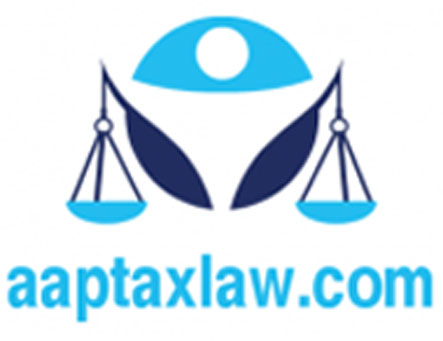

The word "document" denotes any matter expressed or described upon any substance by means of letters, figures or marks, or by more than one of those means, intended to be used, or which may be used, as evidence of that matter.
Explanation 1.- It is immaterial by what means or upon what substance the letters, figures or marks are formed, or whether the evidence is intended for, or may be used in, a Court of Justice, or not.
Illustrations
A writing expressing the terms of a contract, which may be used as evidence
of the contract, is a document.
A cheque upon a banker is a document.
A power-of-attorney is a document.
A map or plan which is intended to be used or which may be used as evidence, is a document.
A writing containing directions or instructions is a document.
Explanation 2.- Whatever is expressed by means of letters, figures or marks as explained by mercantile or other usage, shall be deemed to be expressed by such letters, figures or marks within the meaning of this section, although the same may not be actually expressed.
Illustration
A writes his name on the back of a bill of exchange payable to his order.
The meaning of the endorsement, as explained by mercantile usage, is that
the bill is to be paid to the holder. The endorsement is a document, and
must be construed in the same manner as if the words "pay to the holder" or
words to that effect had been written over the signature.
Section 27 Property in possession of wife, clerk or servant
Section 32 Words referring to acts include illegal omissions
Section 34 Acts done by several persons in furtherance of common intention
Section 36 Effect caused partly by act and partly by omission
Section 37 Co-operation by doing one of several acts constituting an offence
Section 38 Persons concerned in criminal act may be guilty of different offences